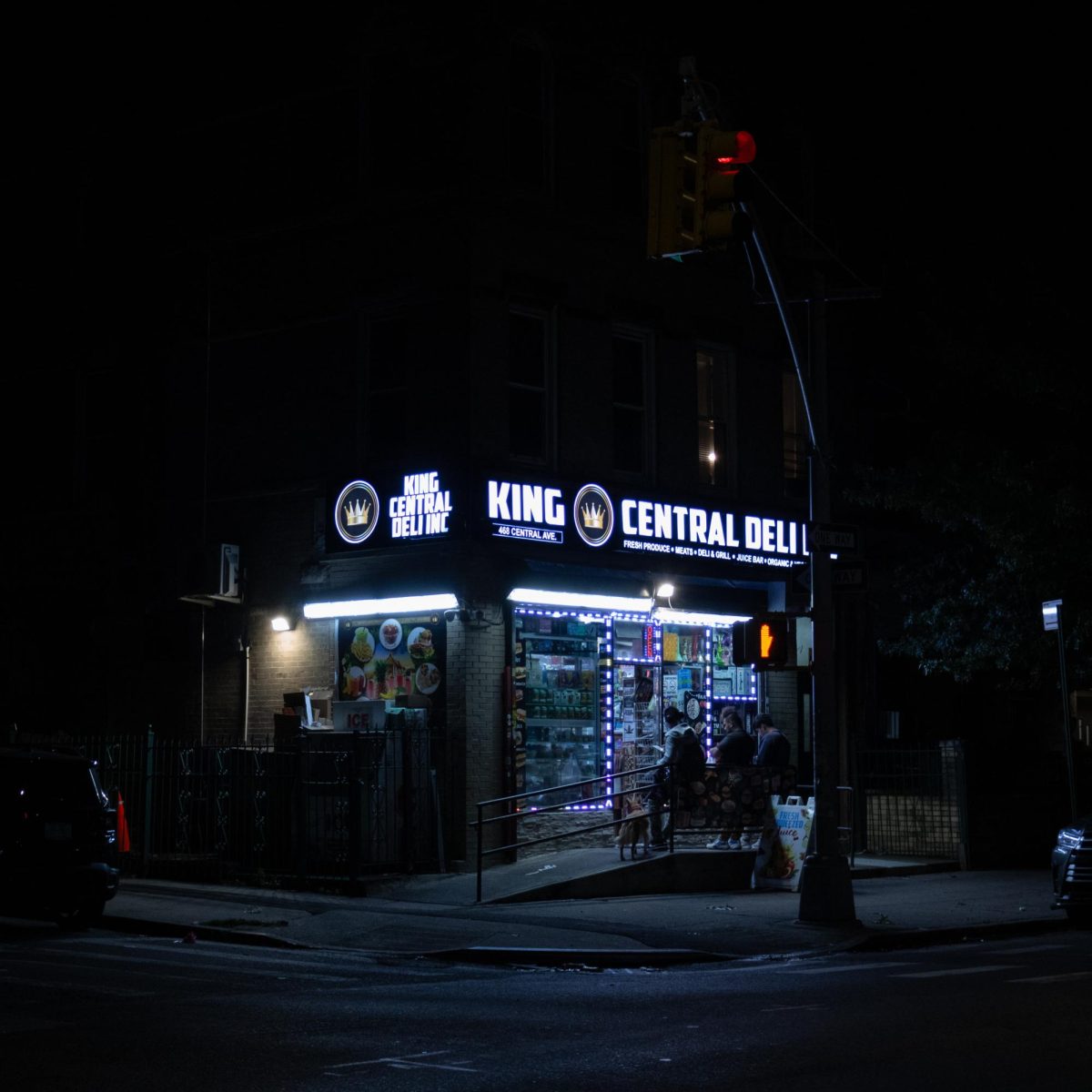Baruch College is growing its selection of arts and science degree programs and developing an assortment of projects and research labs, yet there is an absence of coverage on almost everything the Weissman School of Arts and Sciences has to offer.
The Ticker’s editorial board recently highlighted the importance of increasing Baruch students’ exposure to opportunities beyond the Zicklin School of Business — including the wide selection of research labs — but faculty mentions that this is a recurring issue.
“[The Weissman School’s] impact and student success is similar to other highly regarded liberal arts and sciences colleges, but it is embedded in a renowned business school which is part of the largest urban public university in the nation,” environmental studies and biology professor Chester Zarnoch told The Ticker.
“Communicating environmental research activities at Baruch is the responsibility of faculty and administrators,” Zarnoch continued, speaking from experience in his area of study.
“Unfortunately, their time and resources can be limited, and this can limit communications. Faculty may not be able to prioritize social media posts and other outreach materials. It’s also difficult for the few communications staff to cover the large amount of amazing work happening at WSAS.”
Weissman Dean, Jessica Lang, shared the challenges currently associated with enhancing student awareness of and access to all that Baruch has to offer apart from its acclaimed business degree programs.
“This is a great question and one that many of us spend time thinking about,” Lang said. “We are in a communications saturated environment and it can be challenging to raise awareness about opportunities and initiatives that are of student interest.”
Dean Lang indicated that a new partnership with students from Baruch’s Undergraduate Student Government was in the works, potentially serving as “an effective conduit for information.”
Zarnoch echoed this sentiment, describing the difficulties the department has had — as well as the role students can play in promoting Baruch’s science degree programs.
“Students can help here!” Zarnoch said. “I’m sure WSAS would love to have more students helping with communications and marketing. More resources would help as well. Having more dedicated staff that could connect with faculty and direct student interns would increase the coverage of WSAS activities.”
From the very beginning of Baruch’s emergence as a senior college in 1968 and its subsequent establishment of the School of Liberal Arts in 1970, Baruch found difficulty in balancing the demands of its business school’s representatives to the School of Liberal Arts with ensuring adequate general studies requirements.
“When the College was created, in 1968, BBA candidates were required to follow a highly prescriptive cultural base,” Selma C. Berrol said, in her book called ‘GETTING DOWN TO BUSINESS, Baruch College in the City of New York, 1847-1987.’ “In 1970, however, a liberated business faculty cut nineteen credits from this base and gave their students much greater choice in the Social Sciences and Humanities Divisions.”
This greater choice culminated in the acceptance of business-oriented courses, like economics and statistics, to fulfill liberal arts credits.
The book continued to describe further difficulties in a subchapter titled “Liberal Arts: A School In Trouble,” including uninformed and contentious commentary: “The ratio of ten applications to the School of Business to one for the School of Liberal Arts, established in 1970, did not change very much in spite of painful high-school visits by members of the Speakers’ Bureau who were met with ‘Whaddyah mean go to Baruch? That’s a business school!’ when they made a pitch for liberal arts.
However, despite the shortfall of publicity, the Weissman School of Arts and Sciences and the Marxe School of Public and International Affairs have blossomed.
Baruch has measured up to its sister colleges with a diverse range of research and initiatives. At the inaugural CUNY Celebration of Undergraduate Research on May 31, Baruch was represented among the most from the university system with 10 poster presentations.
According to data from fall 2022 out of Baruch’s Office of Institutional Research, the Zicklin to Weissman student ratio was about 3.39, a commendable leap from the 10 to one application ratio in 1970.
But according to Niche.com, Baruch’s five most popular majors are still accounting, merchandising and buying operations, corporate communications, information science and business.
“And obviously, it was a terrific business college, one of the best in the country,” associate biology professor J. Stephen Gosnell said. He compared it with the relative newness of Baruch’s science education offerings.
“For example, the biological sciences major at Baruch is only about a decade old — it’s relatively recent in the grand scheme of things,” he said. “The thought of coming to Baruch to pursue a science degree, as opposed to just taking the sciences for pathways or General Ed, is still relatively new.”
The majority of Baruch’s research labs in both the Psychology Department and the Natural Sciences Department require little from students to join.
Both Zarnoch’s benthic ecology lab and Gosnell’s coastal systems lab, for example, may accept any interested students — regardless of their major.
“It’s really just about the ability to really contribute in a conscientious manner,” Gosnell said. “For most of the work that we do, there’s something that anyone can do.”
Incoming Baruch students can explore their interests in liberal arts if they are better made aware of these opportunities.








